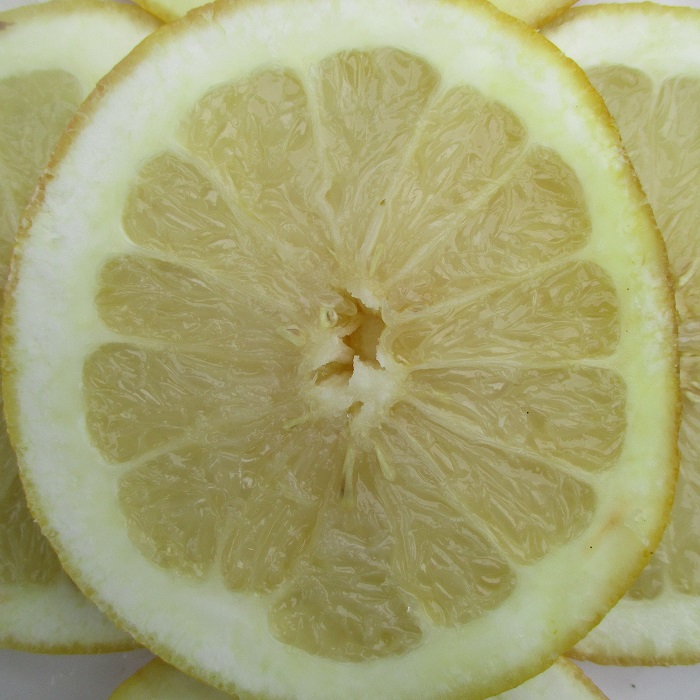UNITED STATES—Winter seems like an odd time for fruit to ripen. Winter weather is cool enough to inhibit vascular activity in plants. That is why most plants are dormant to some extent through winter. Most familiar fruit trees are deciduous, some defoliate in winter chill. Stone fruits ripened through early summer. Pome fruits ripened through late summer and autumn. Nonetheless, citrus fruits are now in season.
The various citrus fruits and their cultivars ripen at various times through their season. Like stone fruits and pome fruits, they are on distinct schedules. Furthermore, climate affects ripening. Citrus fruits that ripen earlier than other cultivars in a particular climate may ripen after the same other cultivars in another climate. A few cultivars produce sporadically, or notably later than citrus season.
Such cultivars are justifiably popular. For example, ‘Eureka’ lemon is a mutant of ‘Lisbon’ lemon. ‘Lisbon’ lemon works well for orchards because all the fruit ripens within a limited season. ‘Eureka’ is more practical for home gardens because it instead produces sporadically throughout the year. A few fresh lemons are always available. The winter crop is abundant, but not too overwhelming.
Know when to harvest the various citrus fruits.
Mandarin oranges are the first citrus fruits to harvest, even if they are not the first to completely ripen. Because their rinds fit so loosely, they are the most perishable of citrus fruits. They will oxidize and dehydrate before they rot. Tangerines are the same, since they are merely American descendants of Mandarin oranges. ‘Rangpur’ lime is not a lime at all, but a sour Mandarin orange hybrid.
Oranges, lemons and grapefruits, although ripening now, can remain on their trees for quite a while. The tartness of grapefruits mellows with age, and might be preferable after a few months. The same applies to the acidity of lemons. However, too many lingering citrus fruits can inhibit bloom. Some limes are supposedly best before totally ripe. All citrus fruits stop ripening when harvested. Juice of the various citrus fruits can be frozen for storage if necessary.
Highlight: Grapefruit
Citrus have been in cultivation for centuries. Most breeding and selection was intentional. Even the strange breeding of orange and lemon for the familiar ‘Meyer’ lemon was deliberate. Grapefruit, Citrus X paradisi, is a peculiar one though. Its parents were unknown when it mysteriously appeared in Barbados in about 1750. It is now known to be a hybrid of orange and pomelo, both exotic.
The original grapefruits were ‘white’ grapefruits, with tart and pale yellowish flesh. ‘Pink’ grapefruits, with milder flavor, and blushed flesh, appeared a century and a half later, in about 1906. Those with rich pink flesh are known as ‘red’ grapefruits. Some mildly flavored modern white grapefruits are hybrids of grapefruit and pomelo. Such breeding makes them 75 percent pomelo and 25 percent orange.
Both modern and traditional white grapefruit trees are more vigorous than pink and red grapefruit trees. Dwarf white grapefruit trees grow slowly, but might eventually get more than 15 feet tall. Standard trees can get as big as shade trees. They are too productive for home gardens. Pink and red grapefruit trees rarely get taller than eight feet. Grapefruit foliage is evergreen and lustrous.
Horticulturist Tony Tomeo can be contacted at tonytomeo.com.







